Robert Legato has an impressive background in visual effects. He has worked on films such as Apollo 13, The Aviator, Avatar and The Lion King. He has won three Academy Awards for Best Visual Effects for Titanic, Hugo and The Jungle Book.
How did you get involved on this movie?
Through Bob Richardson. We had worked and collaborated together for over five films and asked if I could join he and Antoine to help with the look, VFX and 2nd unit directing. An offer I could not pass up.
How was the collaboration with Director Antoine Fuqua?
Antoine is easily the most collaborative and inclusive director I have ever had the opportunity to work with. His drive to make a good film even better is infectious and makes the arduous nature of this film or any film become much more fun to do creatively.
You have worked on films full of innovative visual effects. What was your approach on this film with its supporting and seamless effects?
Each film is a little different in terms of it’s tone which dictates the style and creative contribution of VFX. This particular story needs no embellishment or flourish often associated with VFX. So they had to service the story, time period and overall truthful telling of this film. The effects have to appear to be no more than what would be considered film-able and in camera. We tried to hide the hand of the VFX artists to create the illusion through shot design and conceit that there was no need for an effect. The audience should have no reason or tell tale sign as to question the authenticity of the sequence.
How did you organize the work with your VFX Producer?
My job is to create the framework of the task creatively and then figure out the most elegant way to bring it to life. There is always a balance of cost versus screen value that creates “what if “ scenarios. The VFX producer helps find the balance to come up with the most equitable way the task can be completed on time and within the economic boundaries set by the overall film budget.
How did you choose the vendors and split the work amongst them?
I wish it were just quality and caliber of their work, but often we have to throw in availability. I find the best candidates available and like casting determine what sequences best suit their more obvious strengths.
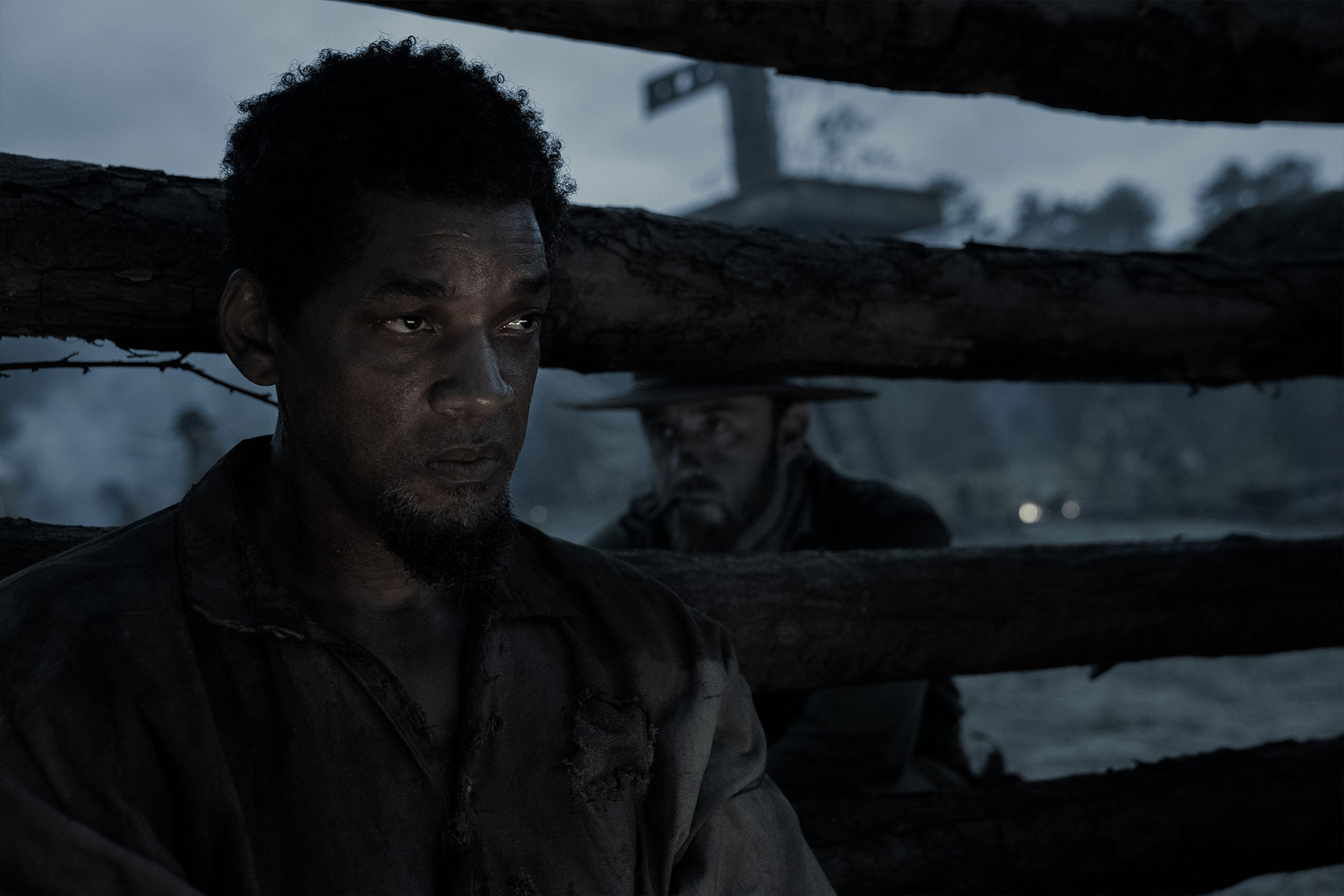
How was the collaboration with VFX Supervisors?
I try to create a basic ground floor scenario of artistic success and then encourage the individual supervisors to not only meet that scenario but exceed it. Often giving a freer hand to attack the creative solutions begets an enthusiasm or challenge that gets handed down to their team. Frequently a motivated team player comes up with something extraordinary that we may not have thought of.
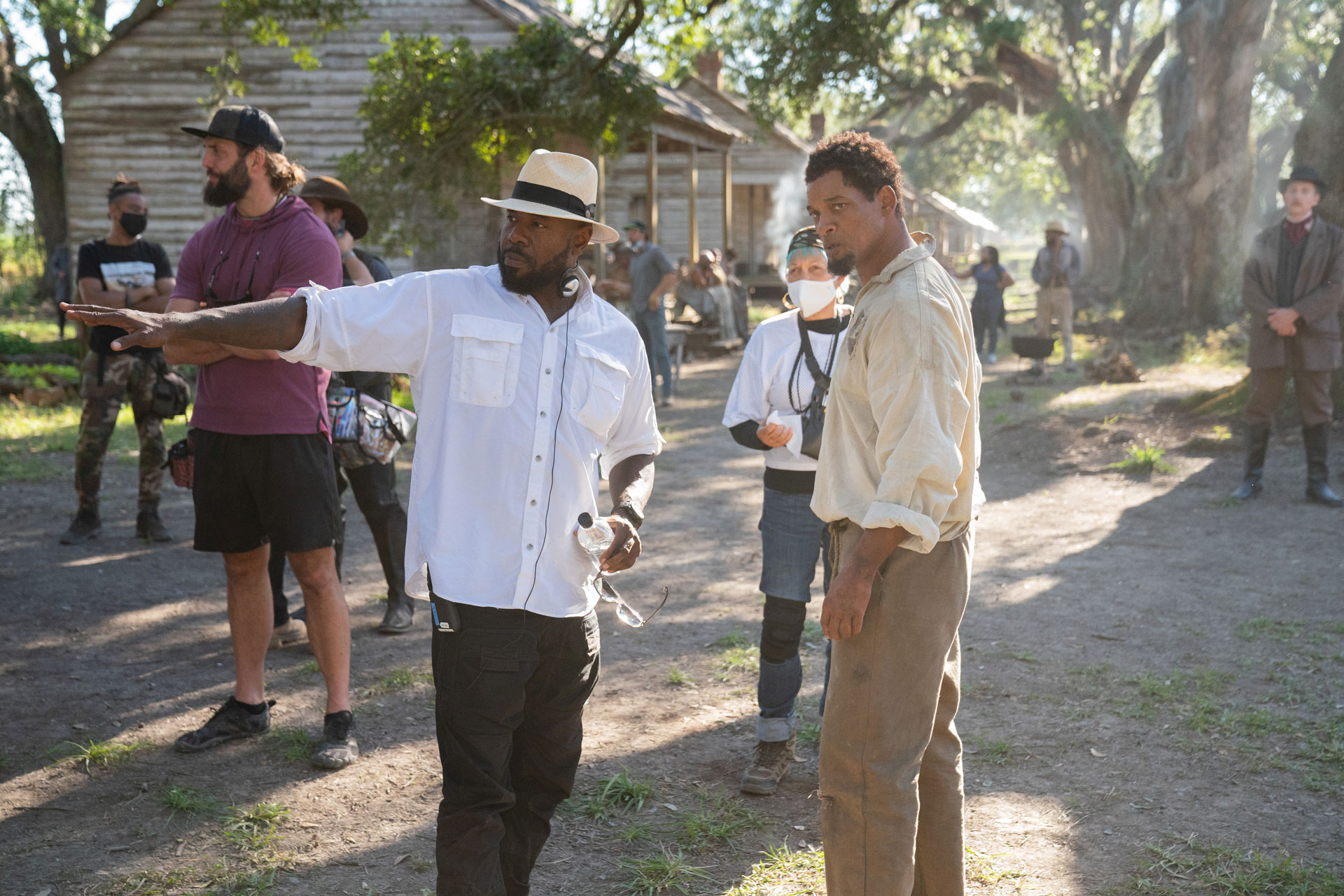
Where was filmed the swamps sequence?
Literally in the same swamps that the true to life story took place in Louisiana.
How did you bring life in the swamps (with bees, bugs)?
Not terribly hard to come up with what it feels like when you are filming in the same conditions that the story takes place in. Making sure it reads on camera often needs some post work to embellish what may be invisible at the time of shooting.
How was filmed the intense crocodile attack?
Essentially every trick was included in the filming style. Live action, real location, stage, CG, animatronic in-camera and then something new. We combined all of them in creating a video wall where the background underwater swamp was created via Unreal, and a 25’ fish tank with optically clear windows and clean water was placed in front of it. The actor can interact with an animatronic for totally live moments, then used as placeholder for more involved animation via CG, and some moments using the action of real underwater movement as a guide for a full CG recreation.
Can you elaborates about the creation and animation of the crocodile?
Weta FX used hours and hours of real alligator and crocodile movement as inspiration, found the right natural moments to incorporate into the sequence and then bridge that inspiration to editorially create each beat. I then used this animation to pre-vis photograph each beat and break it up into sections that would appear to have been naturally photographed. These shots imitate the brief moments that are often filmed in-camera with real world limitations to give the same flavor to the more artificially created pieces of action. Camera lensing and movement can often enhance the believability along with it being on screen just long enough to not give itself away. Legacy created the live in-camera animatronic also based on real footage and dimensions. Weta used the basic design to match and embellish their rigged model to photographically appear to be the same.
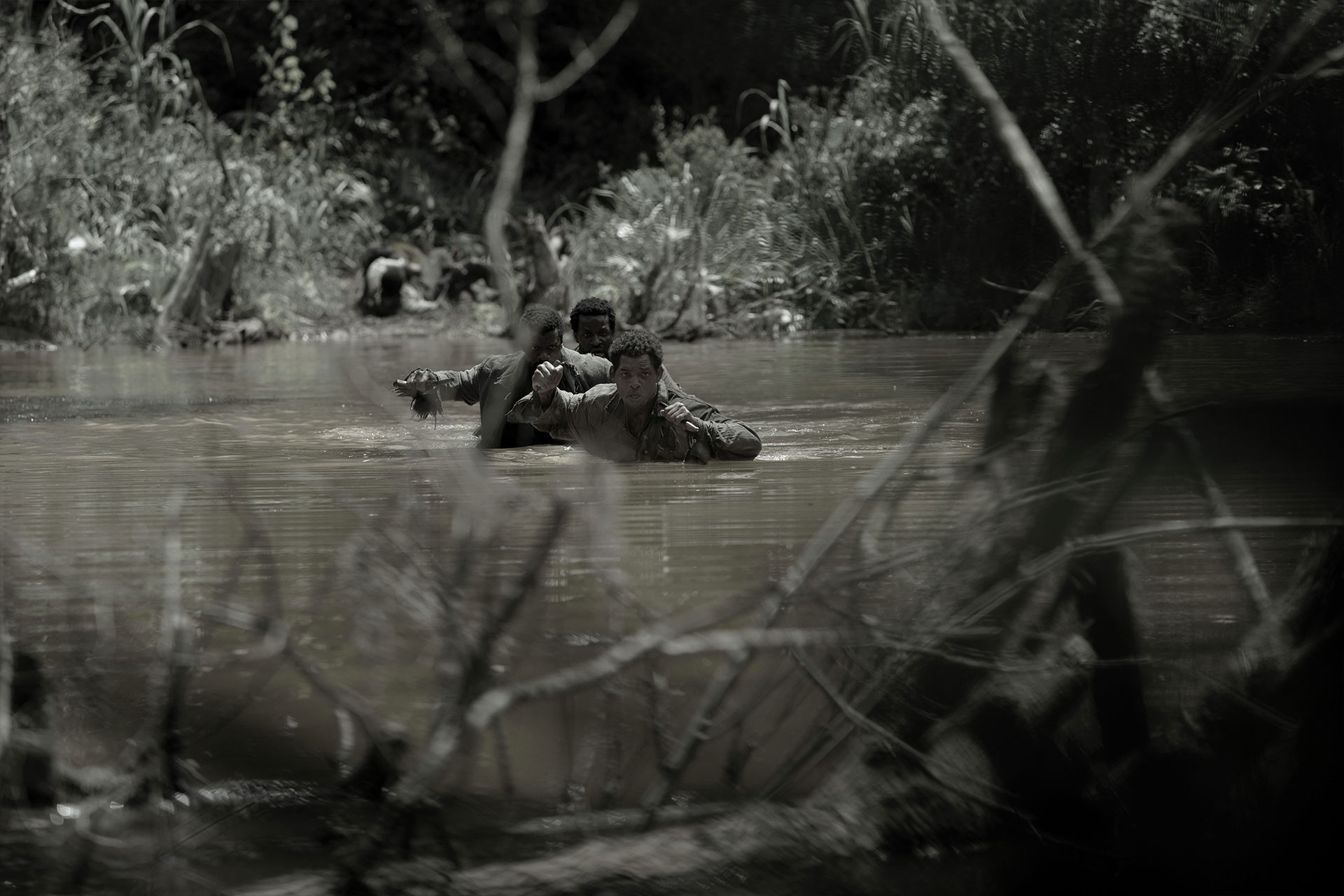
The movie has many beautiful skies especially during one sequence. How did you enhance them?
We created very little sky embellishment other than the basic near black and white treatment we came up with as the look of the film. Our technique essentially uses color film to break down the image as if it were black and white but shot with color filters to enhance the skies. For example if you were to shoot a blue sky with clouds in black and white with a red filter the sky would go dark instead of light and create a more interesting contrasty image. We then used that to create a base image and then slightly mix back the real color on top of this altered base. Color film is essentially 3 pieces of black and white film with red, green and blue filters for each layer. By altering that natural mix to create a full color image we can manipulate and increase the contrast in the image.
How did you handle the fire creation and especially on the horse?
That work was split up between two companies, Folks created the fire simulations for the plantation and The Mill created the horse animation and fire simulation for the horse on fire. I have wanted to work with the Mill ever since I saw their brilliant award winning animation work they had done for commercials. I was not disappointed and delighted with their work and creative contribution.
Folks did a great job of creating believable fire with I believe was with Houdini software. As is often the case the artist using the software makes the difference and creates the illusion. They do very sophisticated work.
The third act is taking place during the Siege of Port Hudson. How did you enhance this intense war sequence?
The essential drama of the place itself and the suicidal mission they endeavored was the core of the sequence. Just the act of trying to recreate what really happened or must have happened was enough to dramatize this battle. We did not over enhance or create movie moments as that would undermine the inherent intensity. I used pre-vis to figure the best camera placement and move for the very wide shots to lend the same bravura of the more intimate and close up moments we captured. It was a huge team effort between all the departments to lend a hand and enhance each other’s work. The trick was not to let up on a shot by shot basis. Full tilt for every setup, and the performers felt the real intensity and chaos that such a battle creates and acted accordingly.
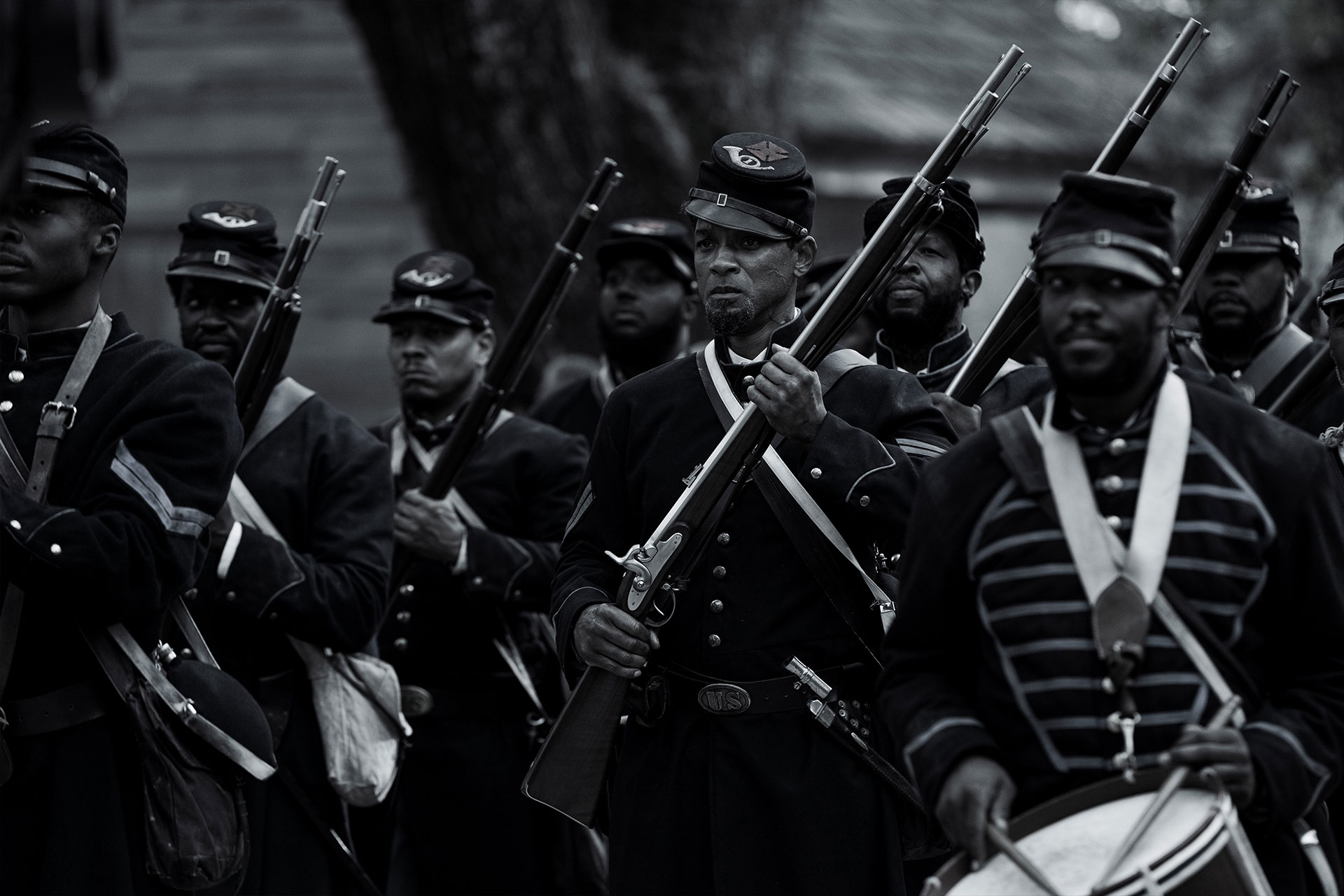
How did you work with the SFX and stunt teams?
A total collaboration that starts with “what can we film in-camera” and then what can we film safely without neutering the sequence. Then wherever that fails those two basic mandates thenVFX helps bridge that gap to create a unified “in-camera” feel for every shot. The lack of ego on everyones part to create the best dramatic moment possible was infectious. This lead to a much better sequence with each of us using our collective expertise to explore new ways to dramatize the futility of combat.
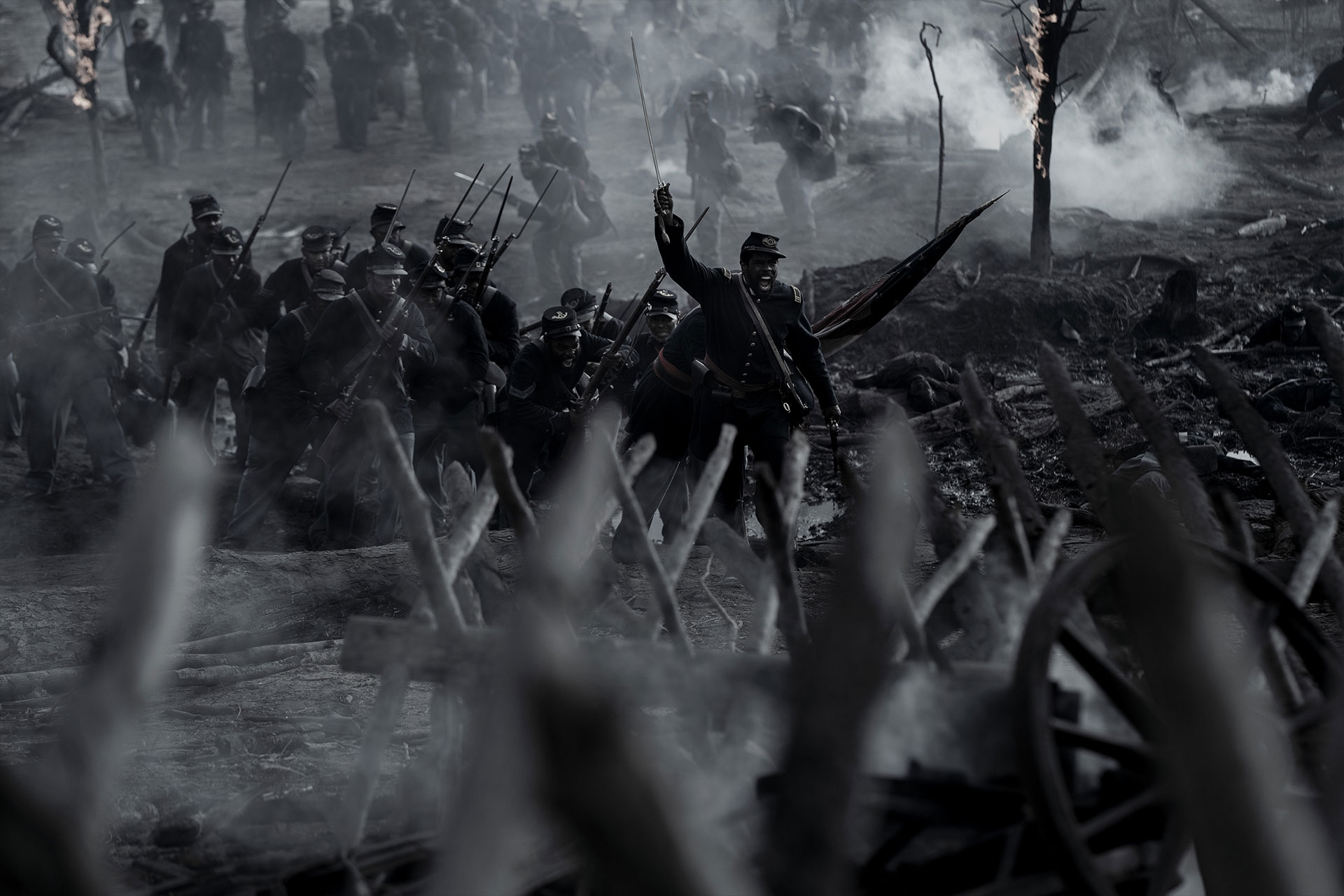
Which stunt was the most complicate to enhance?
The large battle scenes where, based on the fact that our performers became more and more sparse due to Covid and the unbearable heat and conditions, we needed to enhance them with VFX to fill in the gaps. The inherent drama of closer up work where the performers over fill the frame and create the sense of natural chaos had to be infused in the wider shots believably.
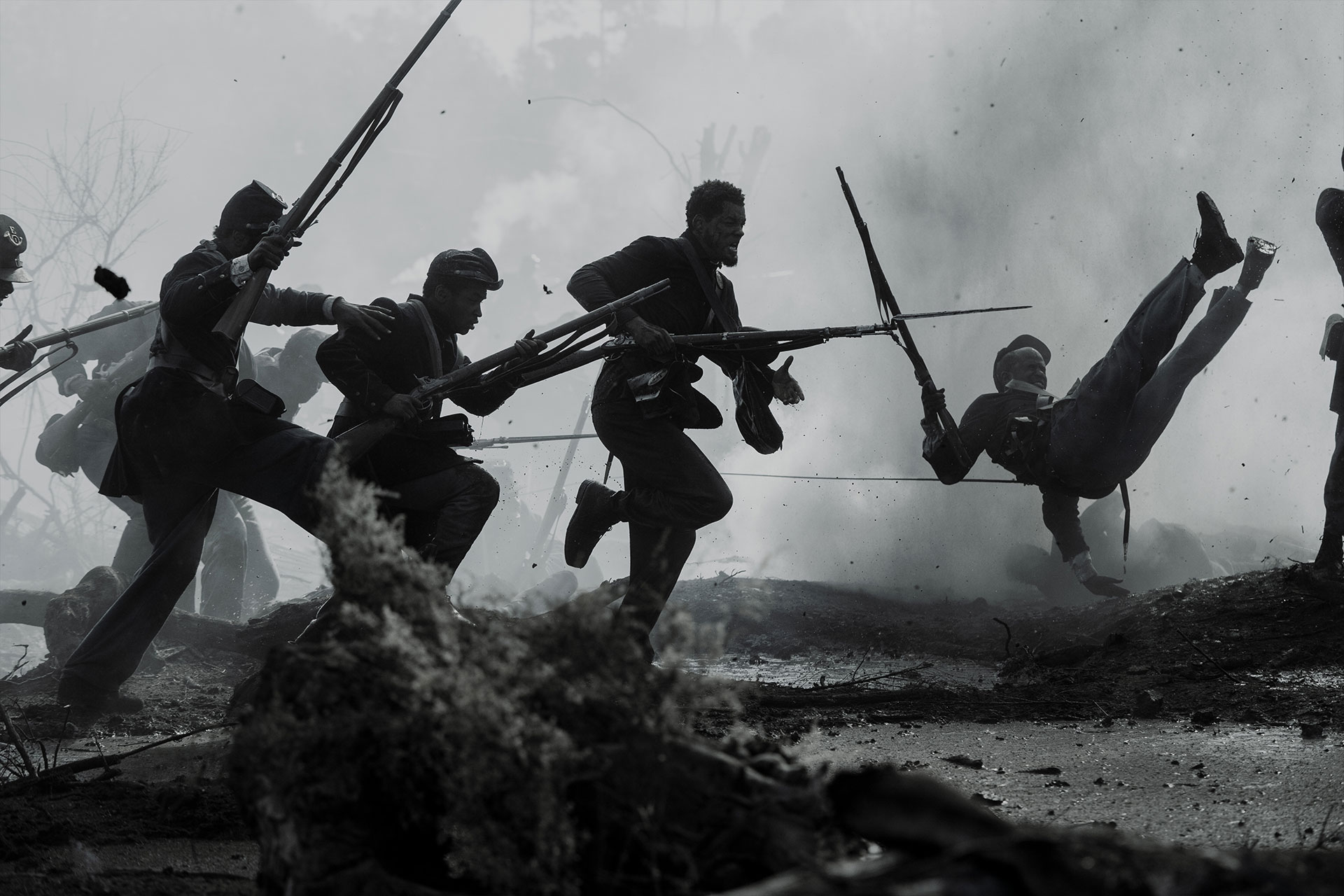
Can you elaborates about the environment and the boats creation?
As in all period movies, we generally have to de-modernize and create the pristine landscape we see on camera. Due to practicality and expense we thoroughly researched the area and created what it must have looked like with VFX enhancements. This included where the boats must have been and their design. This took place less than half a mile from the real locations depicted in the film especially the battle of Port Hudson.
Did you want to reveal to us any other invisible effects?
When we were location scouting we captured a fantastic slow motion sequence of Egrets flying against a perfect sky. It was so evocative we used the iPad movie as a placeholder and then had to try to recreate that feeling by artificially adding CG birds to an idealized location at the right time of day. A lot of care went into that particular shot that the audience was probably not aware of.
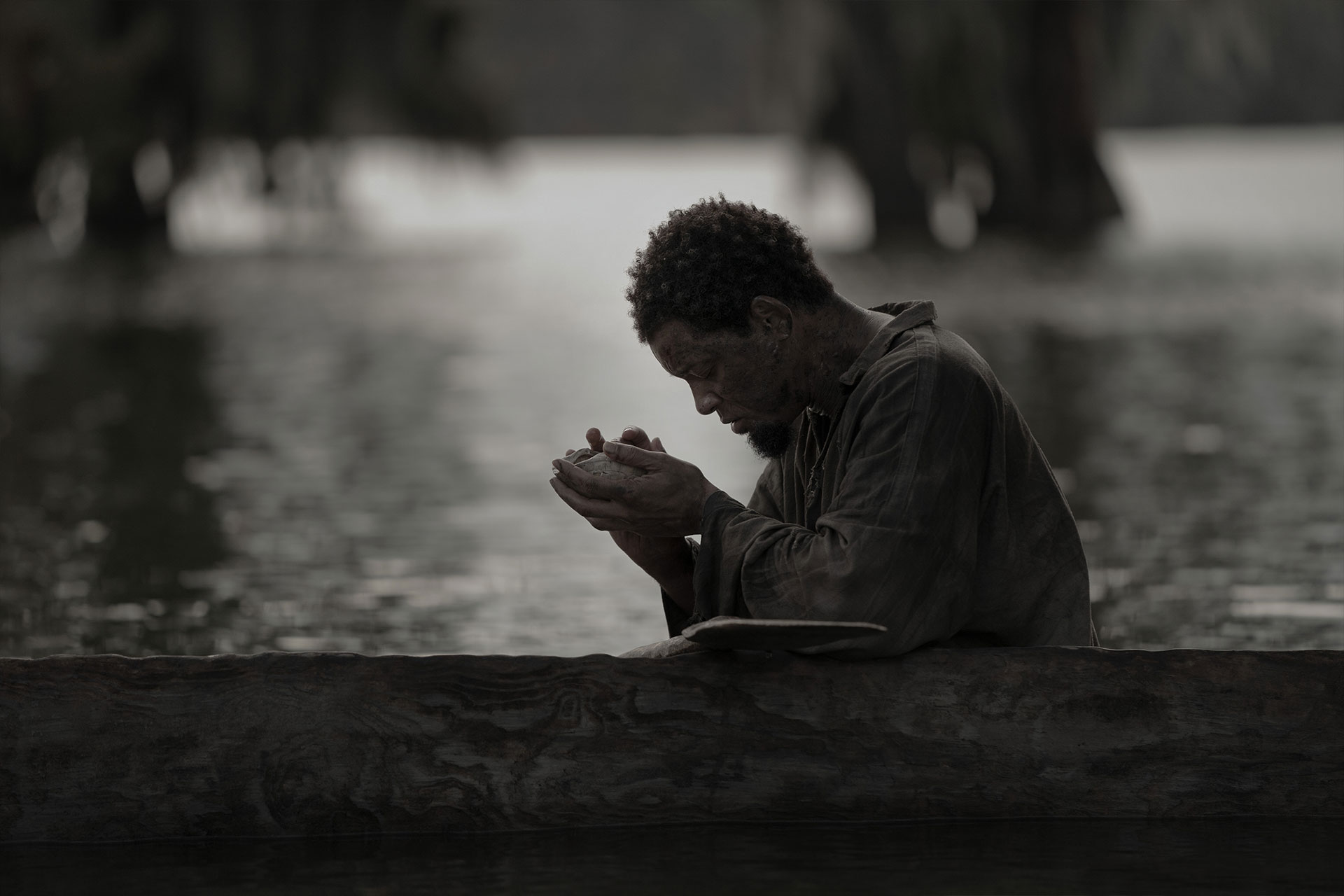
Which sequence or shot was the most challenging?
The alligator by far was the most elaborate and challenging to pull off. It required many elements separately shot to create something that could conceivably happen, look dangerous and convince the eye.
Is there something specific that gives you some really short nights?
The alligator and battle sequence certainly kept most of us awake nights to figure out how to pull it off successfully .
What is your favorite shot or sequence?
I have so many, and since I also shoot full in-camera 2nd unit sequences as well they tend to blur together. Probably the battle was the most intense scene I was ever involved in. Both from a totally practical in-camera sense and a VFX perspective.
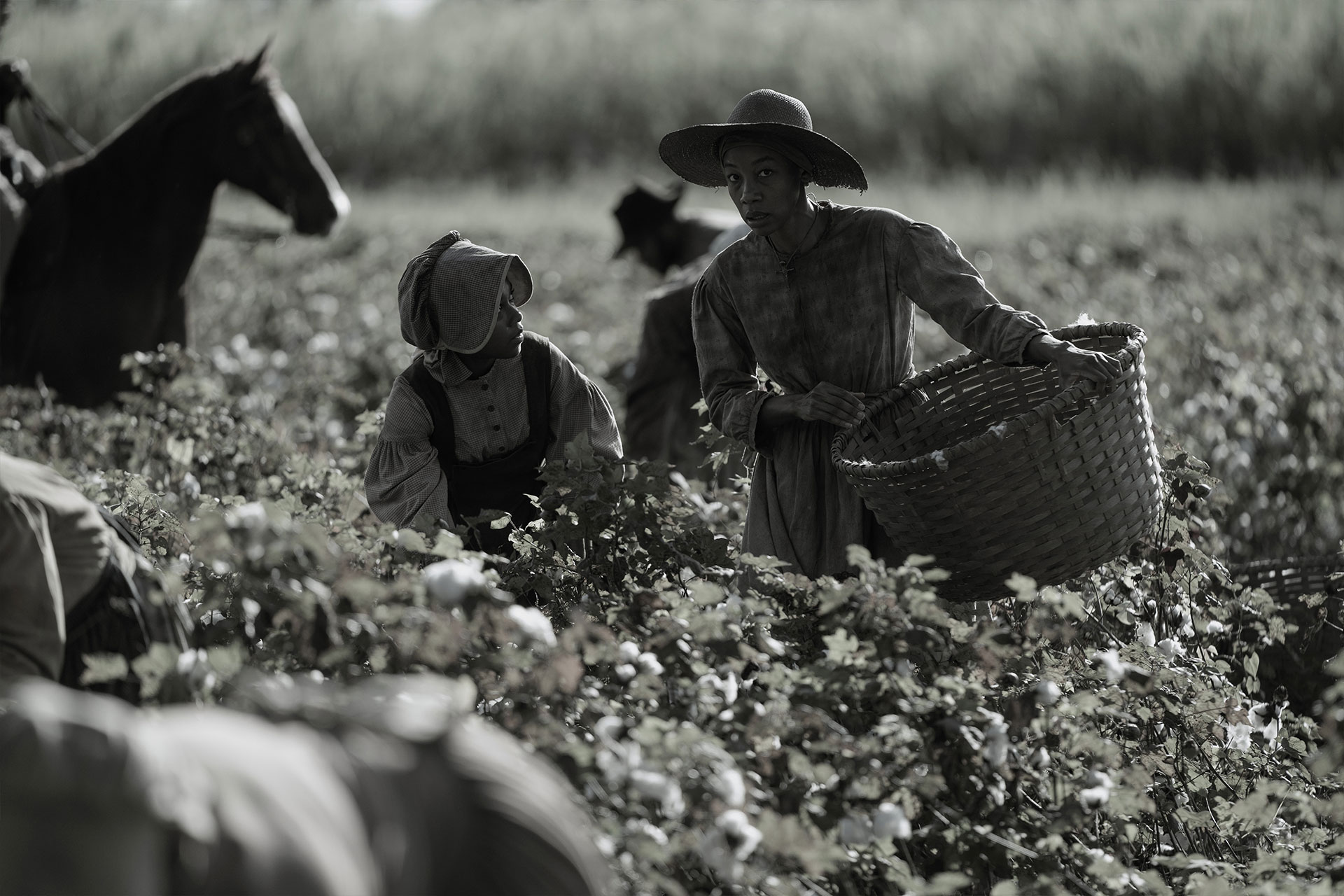
What is your best memory on this show?
The story is so gripping especially since it was based on reality that it charged every filming situation. I would have to say the positivity and willingness to tell this story by the people playing the enslaved victims of this awful time period was so inspiring and moving it created a lasting memory of mutual camaraderie. They were so unflinching in their attitude to make sure each moment was authentic that it created the sense that we as filmmakers can’t let them down.
How long have you worked on this show?
Probably almost a year straight.
What’s the VFX shots count?
Somewhere in the 400 range.
What is your next project?
That is still up in the air but hoping to work on the next Antoine Fuqua film.
A big thanks for your time.
WANT TO KNOW MORE?
Apple TV+: You can watch Emancipation on Apple TV+.
© Vincent Frei – The Art of VFX – 2023






